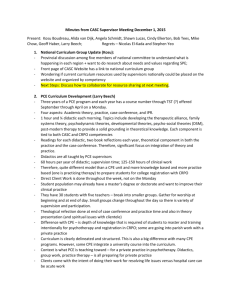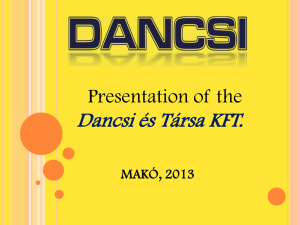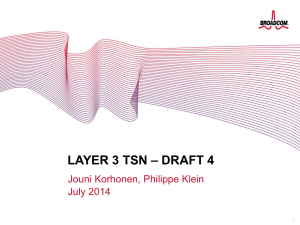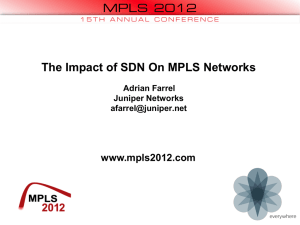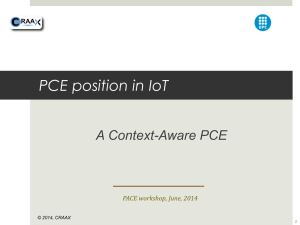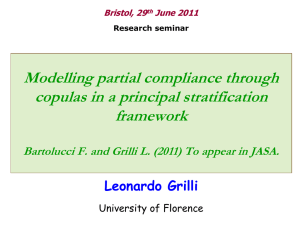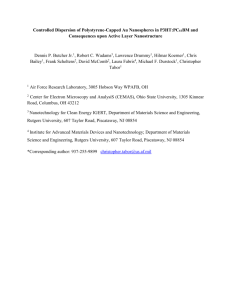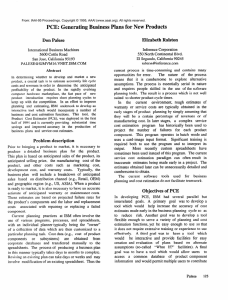Suxamethonium Apnoea
advertisement
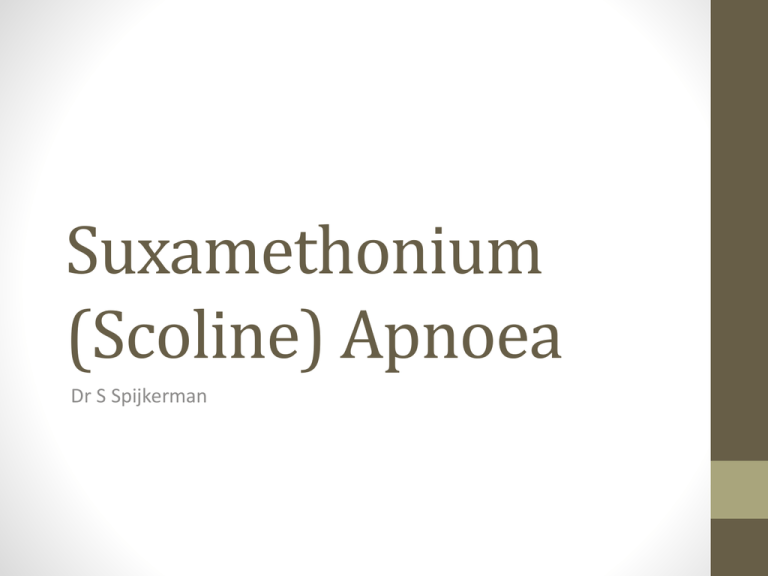
Suxamethonium (Scoline) Apnoea Dr S Spijkerman Pathophysiology • • • • Suxamethonium is broken down by pCE Inherited abnormal genetic variant of pCE (autosomal recessive) Prolonged apnoea after a standard dose of suxamethonium Several variations: normal pCE enzyme gene = E1U. E1a (a = abnormal) (E1uE1a) recovery time from suxamethonium < 30 minutes (E1aE1a) recovery time from suxamethonium >2 hours 3. E1f (the fluoride pCE) 4. E1s (silent) → little pCE activity →recovery from suxamethonium can take >> 3 hours. 1. 2. NB: Mivacurium is also broken down by pCE and should be avoided in these patients. Acquired causes of decreased pCE activity (NB: These causes prolong the effect of suxamethonium by minutes and not by hours like the inherited types) Pregnancy (dilutional effect due to increased water component) Newborns (dilutional effect and immature liver, thus decreased pCE synthesis) Liver diseases Malnutrition Severe hypothyroidism Plasmapheresis Clinical presentation • Prolonged apnoea and inability to move after standard dose of suxamethonium • Patient may be aware, thus may present with tachycardia, hypertension DDx delayed awakening: Drugs Benzodiazepine premedication Opioid overdose intra-operatively Insufficient reversal of nondepolarising muscle relaxants Suxamethonium apnoea Failure to discontinue anaesthetic vapour Endocrine Pre-operative alcohol intoxication Severe hypothyroidism Hypoglycaemia Diabetic keto-acidosis (DKA), hyper osmotic nonketotic coma (HONK) Addison’s crisis DDx (cont) Electrolyte disturbances Acid-base disturbances Hyponatraemia Hypocalcaemia Hypermagnesaemia (magnesium sulphate treatment etc) Hypercapnoea (“Carbon dioxide narcosis”) – due to hypoventilation Hypocapnoea (no drive for breathing) – due to hyperventilation Hypothermia IntraCerebro-vascular incident operative Myocardial infarction complications Undiagnosed muscle diseases Treatment of scoline apnoea Treat apnoea Prevent awareness Exclude differential diagnosis Fresh frozen plasma/whole blood Recombinant pCE Confirm scoline apnoea If scoline apnoea confirmed Mechanical ventilation until normal muscle strength returns Continue anaesthesia with inhalant or sedate well with benzodiazepines See table 3 Contains pCE and will speed recovery BUT risk of infections like HIV too high, thus NOT recommended Very expensive. Cheaper to treat symptomatically pCE activity dibucaine or fluoride number Council patient and family members Medic alert bracelet for patient Test family members Dibucaine is a local anaesthetic that inhibits the activity of pCE. The normal gene is inhibited by 80% (dibucaine number = 80%), atypical gene by 20% (dibucaine number = 20%) and heterozygous gene by 40-60% (dibucaine number = 4060%). In the same way a fluoride number can be determined

